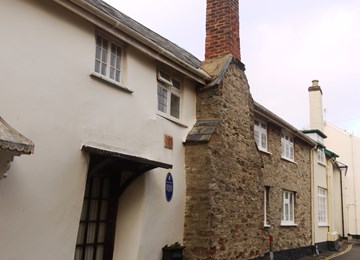INSULATION
… and the‘whole building approach’.
.
We need to be looking at the energy efficiency of traditional buildings:
Understanding how any traditional building was designed to work rather than just reaching for the retrofit is essential if we want to ensure or improve its energy efficiency.
Energy efficiency of traditional buildings – Designing Buildings
And one way to improve that is to use insulation:
For example:
Warmcote | Traditional Lime Plaster Mix – Best of Lime
Performance of a lime-based insulating render for heritage buildings | Request PDF
With a bit more technical stuff here:
Performance of a range of thermal insulations in a historic building – Engineers Ireland

And a very impressive study here:
SPAB Briefing_Energy efficiency.pdf
Here are a couple of documents from Historic England – on insulation:
Energy Efficiency and Historic Buildings: Insulating Solid Walls
And on the ‘whole-building approach’ – which reflects the first point made at the top of this piece:
Getting the balance right (and avoiding unintended consequences) is best done with a holistic approach that uses an understanding of a building, its context, its significance, and all the factors affecting energy use as the starting point for devising an energy efficiency strategy. This ‘whole building approach’ ensures that energy-efficiency measures are suitable, robust, well integrated, properly coordinated and sustainable.
Energy Efficiency and Historic Buildings: How to Improve Energy Efficiency